Cart
6
Quantity
4,00 €
Quantity
6,00 €
Quantity
5,00 €
Quantity
4,00 €
Quantity
4,00 €
Quantity
5,00 €
Product You May Also Like
Payment details
Sub Total
28,00 €
Shipping
Free!
Total
28,00 €
Apply

 Fennel Taralli
Fennel Taralli
 Olio d'Oliva E.V. 100 cl
Olio d'Oliva E.V. 100 cl
 Sagnette Pasta
Sagnette Pasta
 Taralli with Salento Dried Tomatoes
Taralli with Salento Dried Tomatoes
 Classic Taste Taralli EVO
Classic Taste Taralli EVO
 Raisin Wheat Orecchiette
Raisin Wheat Orecchiette











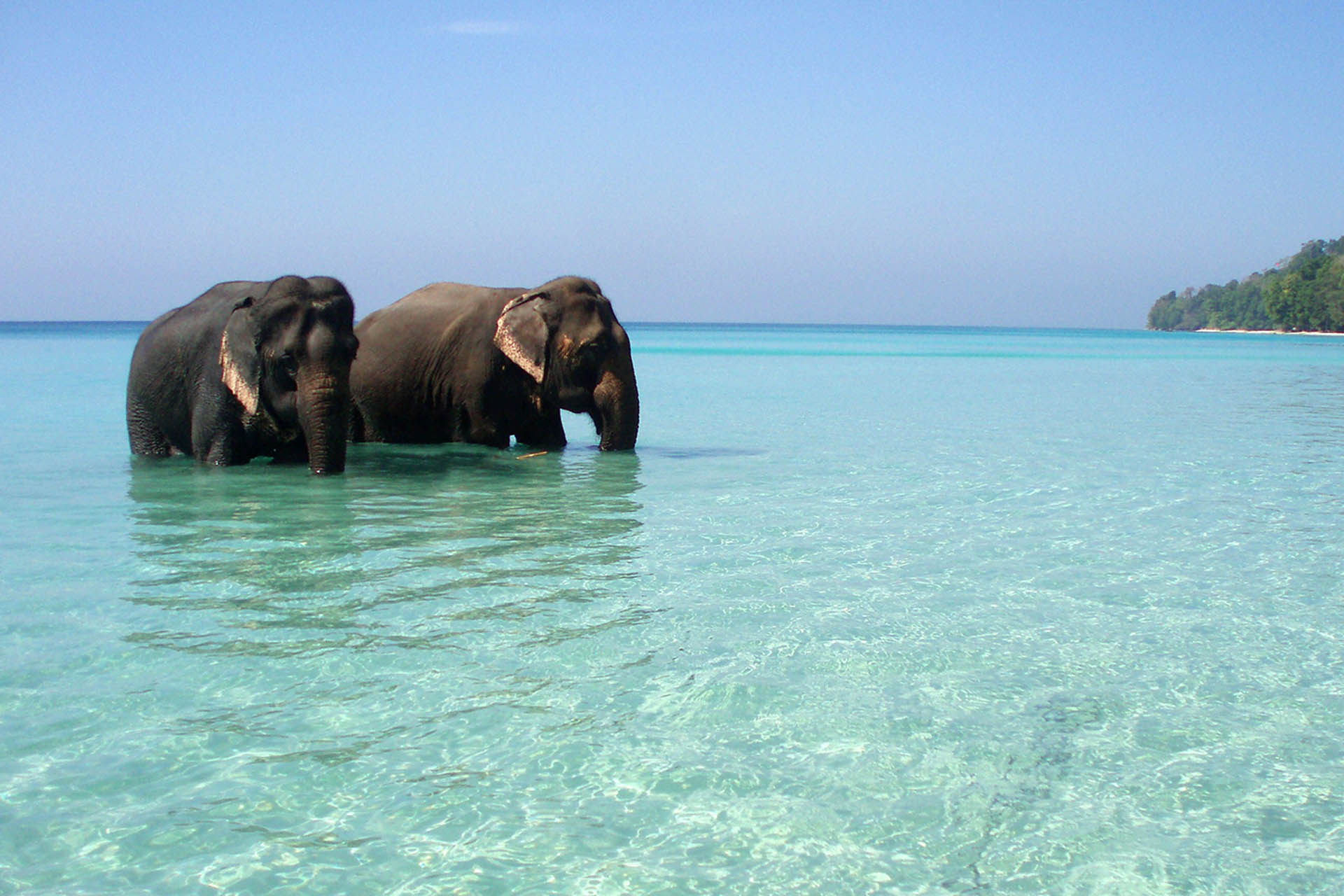
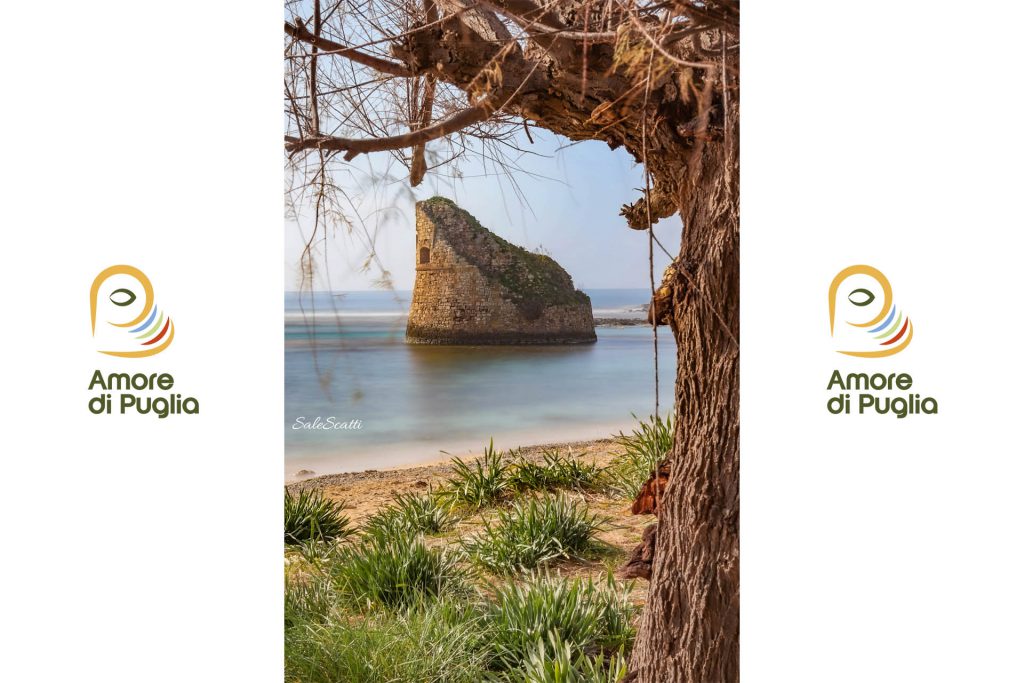
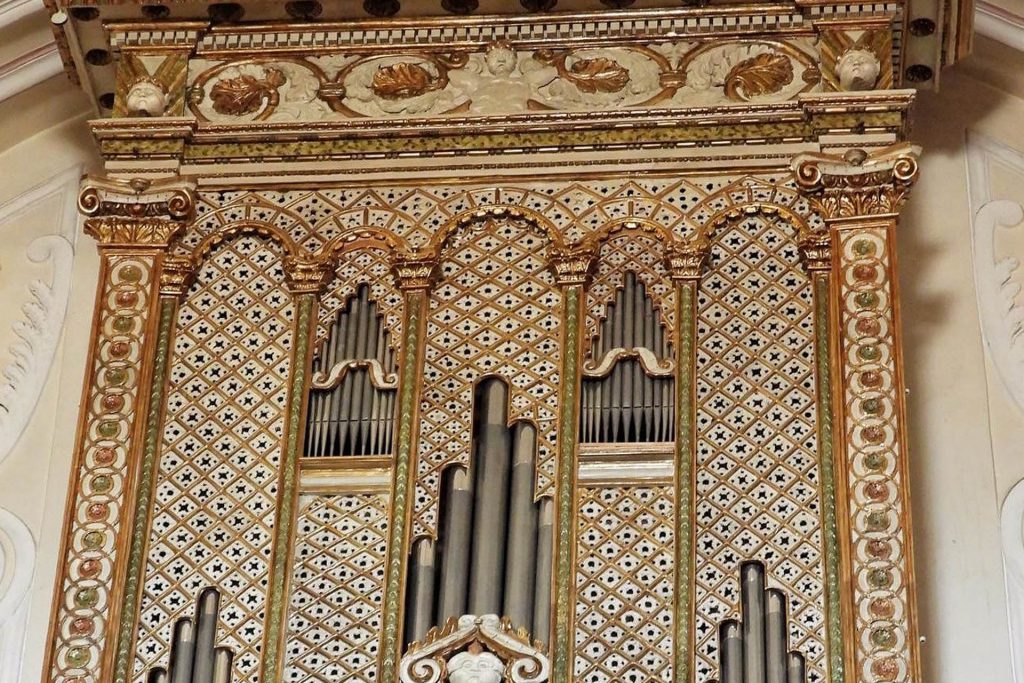
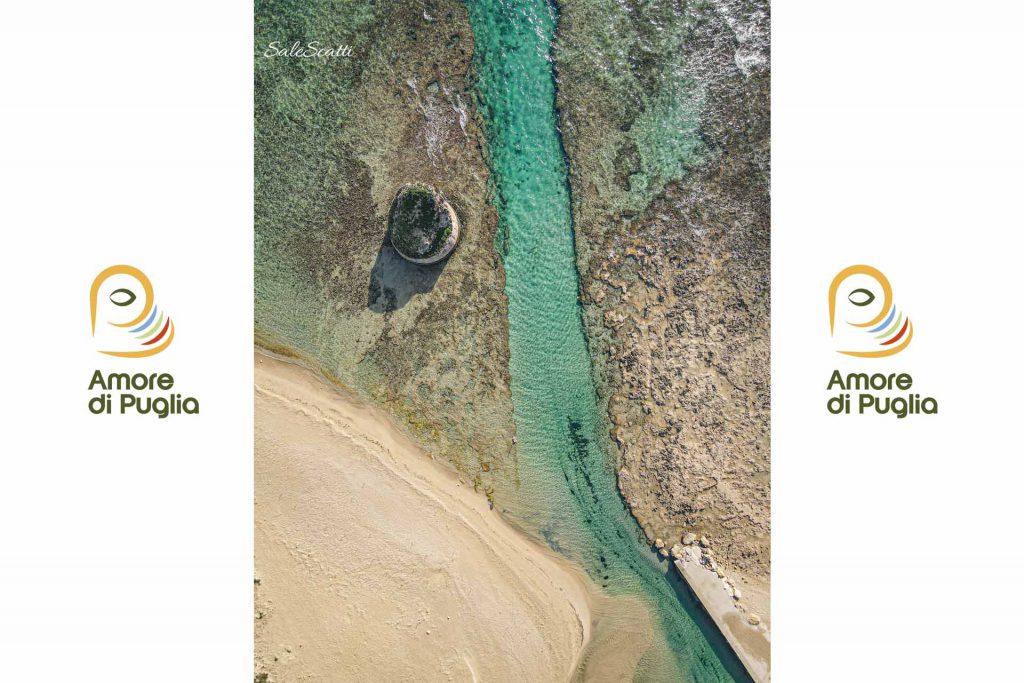
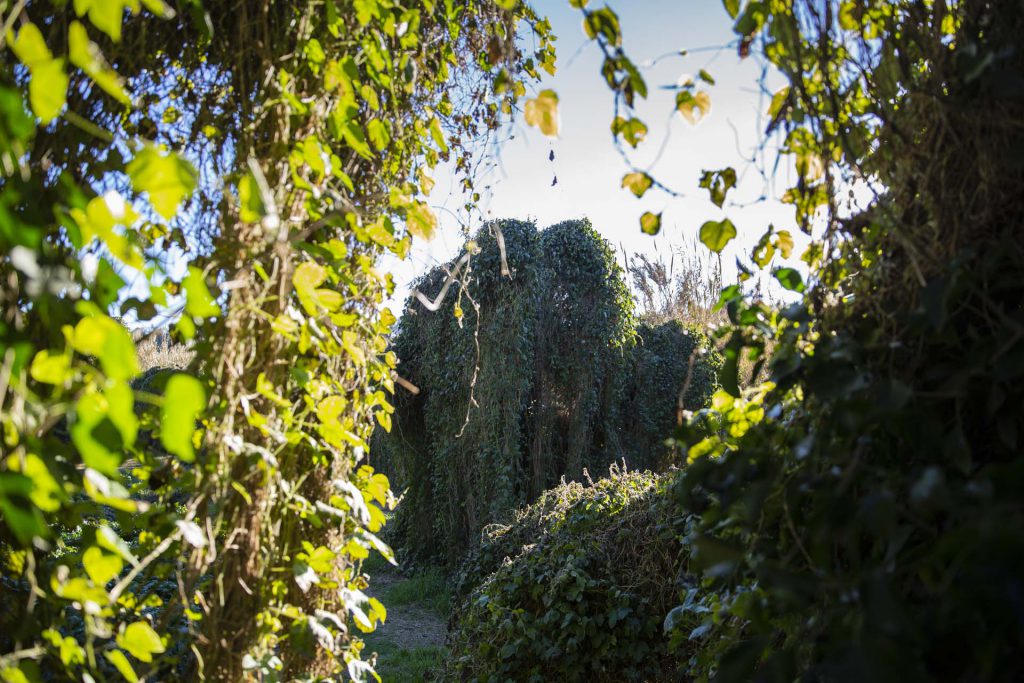








Leave a comment